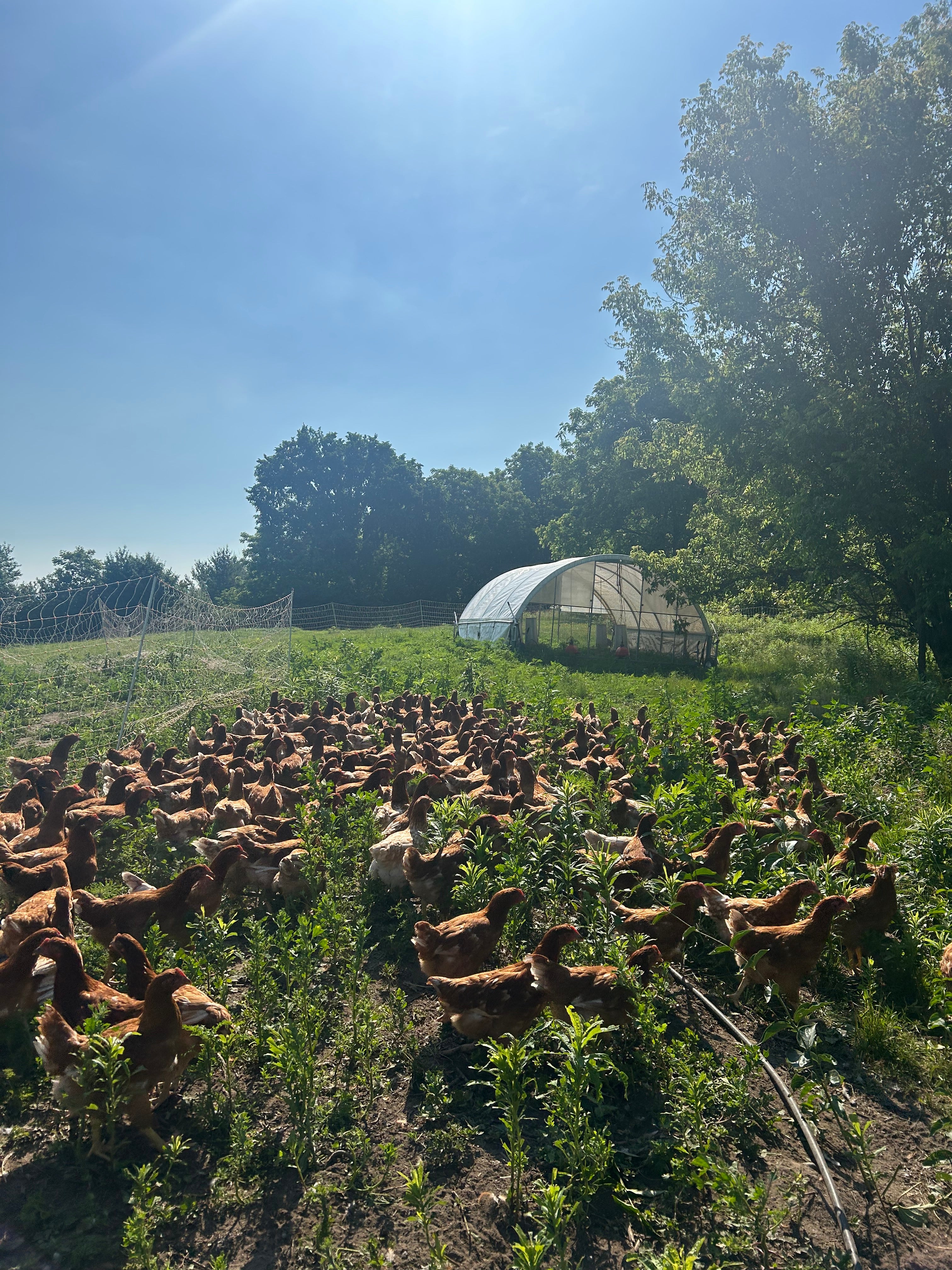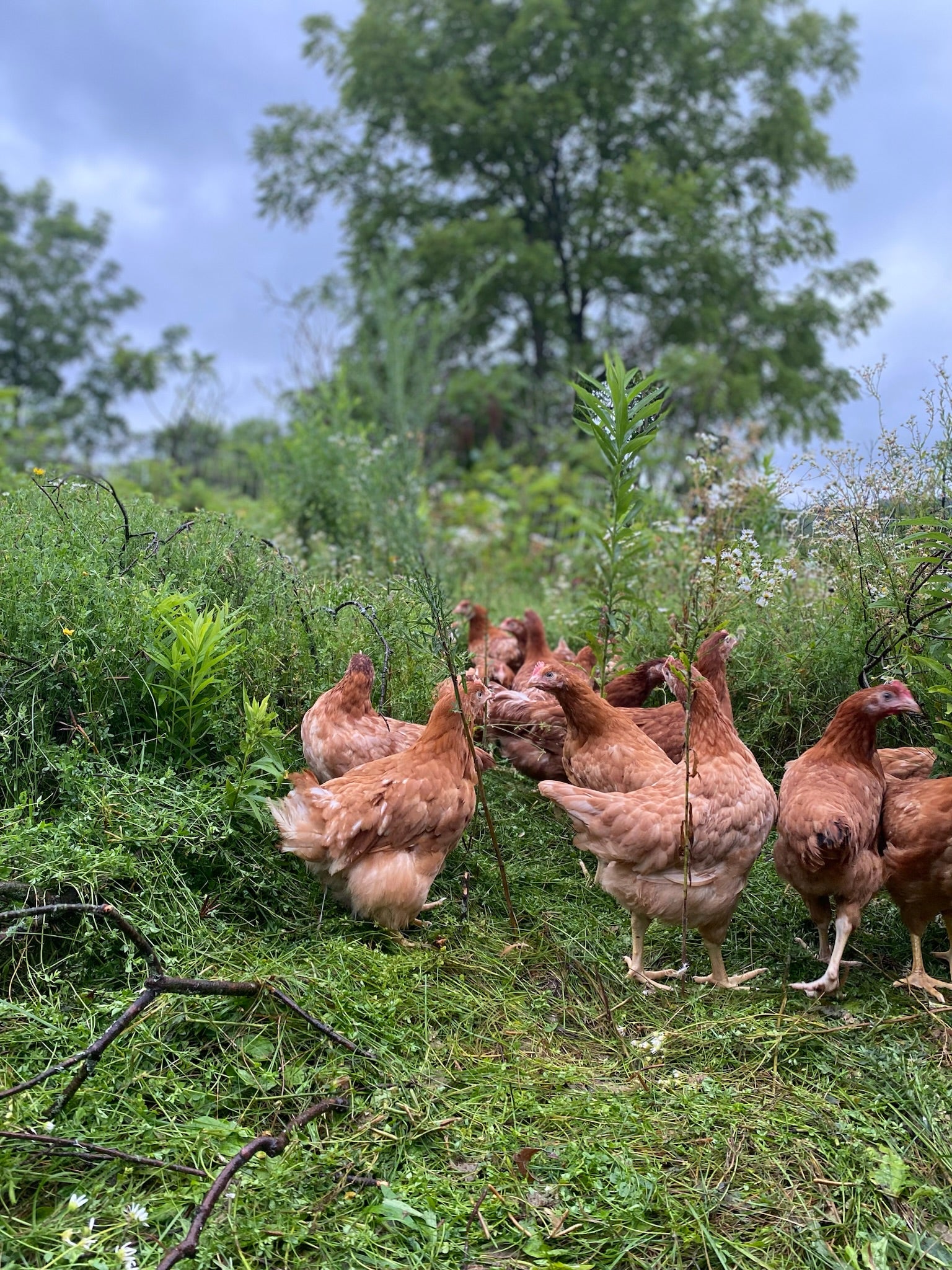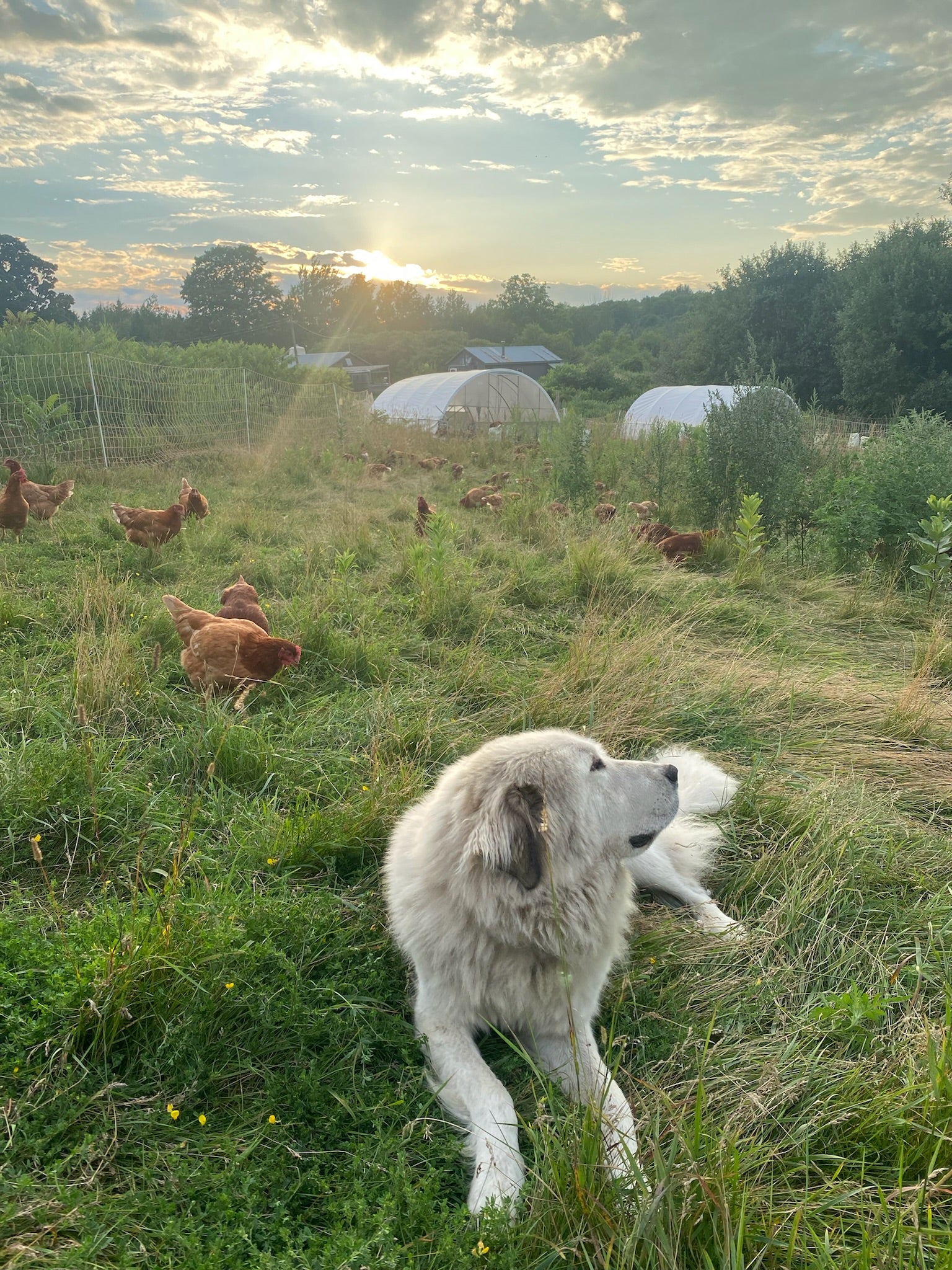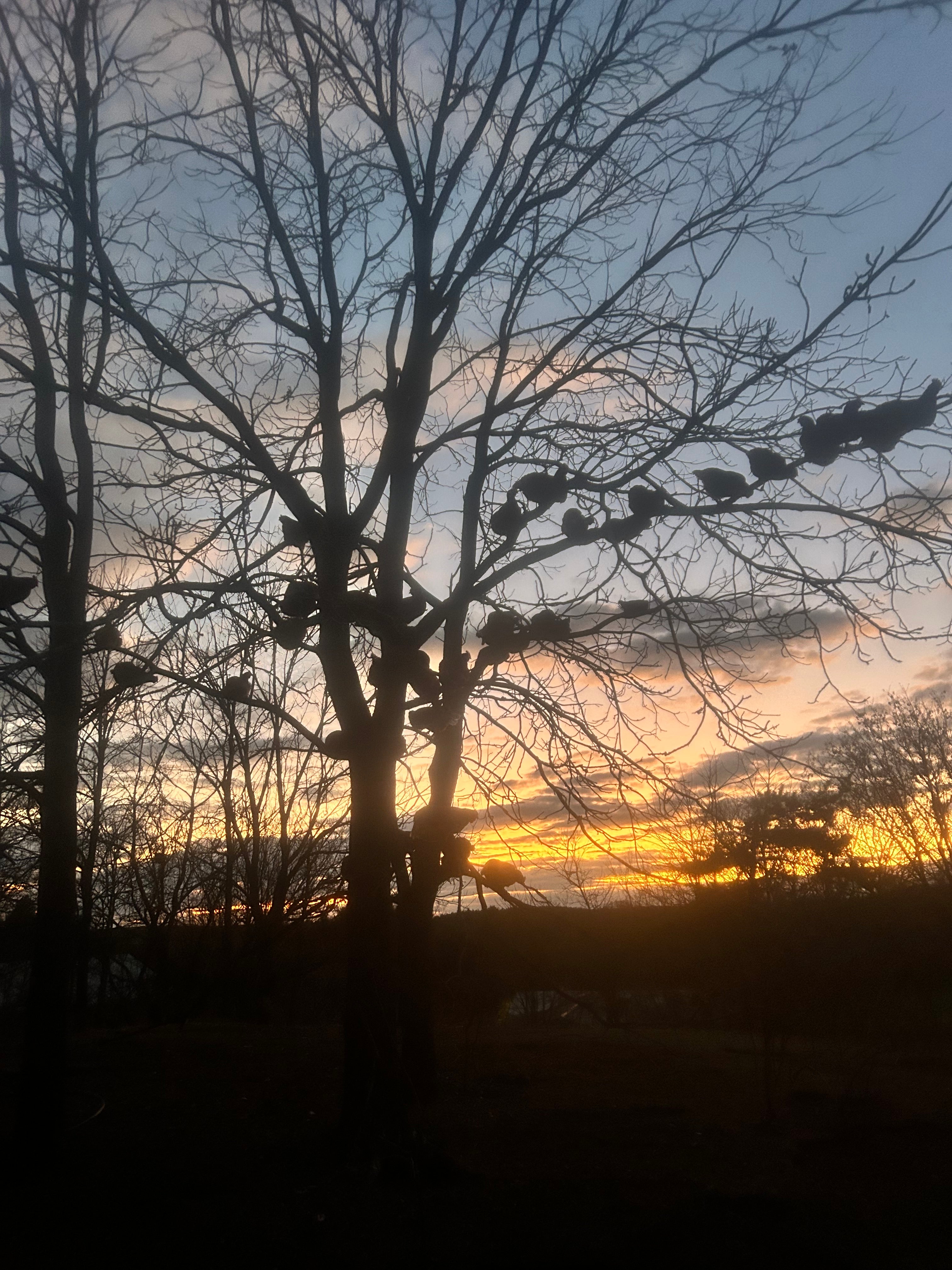"Kendal Hills' Label Vert chickens is the most delicious chicken that I have had in Canada. Kendal Hills' unique farming methods focus on producing the healthiest and highest quality poultry. Beautiful fat distribution, tender skin, savoury flavour and a delicate and meaty texture are what I have come to expect from these chickens.I like to prepare it simply by dry salting the chicken and then letting it rest in the fridge overnight to dry out the skin and allow the salt to penetrate. I roast them in the oven or slow-cook on the barbecue. Once cooked and rested I serve it with the roasting juices and fat seasoned with a bit of sherry vinegar, roasted garlic, and thyme to create a light vinaigrette to dress the cooked meat. I always save the bones to make a broth packed with flavour and nutrients rich from the diverse diet
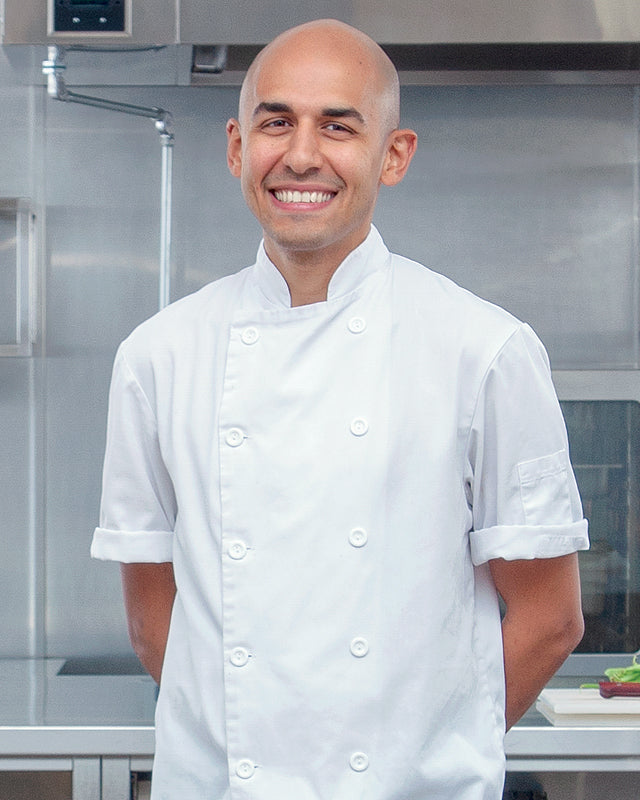
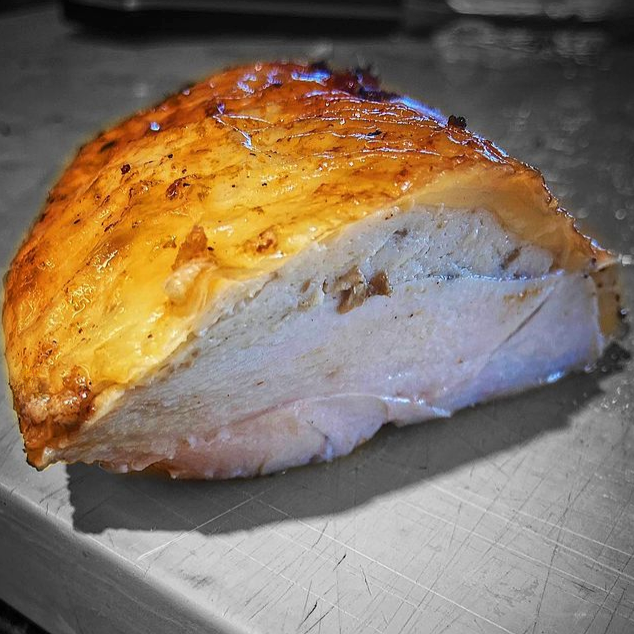

Whole Chicken, Heritage "Label Vert"
Frozen. Pastured. Sustainable. Non-GMO Feed.
These are Kendal Hills Farm's premium chickens that we raise to a standard we call Label Vert™, out of respect to the strict 'Label Rouge' standard in France. They are more evenly proportioned, meaning 50% white meat and 50% dark meat. The meat has more flavour, texture and colour than standard chicken, and in the words of the chefs 'is the best chicken in Canada'.
The chickens are a slow-growing breed that takes 18-30 weeks to reach maturity and are suited for the outdoors. They are raised in portable shelters and have constant access to the range, with the shelters being moved to a new range whenever needed. Their feed is 75% cereal with no medications, growth stimulants, animal products or other additives.
More about these chickens:
Artisanal: Kendal Hills Farm is the only licensed farm raising this chicken.
Age: Label Vert chickens are 5-7 months old. With age comes flavour, fat and texture. The 'standard' chicken is just 6-8 weeks.
Feed: Raised on a diet of what they forage on pasture and non-genetically modified grains.
Medications: We use no medications. No anitbiotics (though FYI, all chicken in Canada is raised without antibiotics)
Environment: At 3-4 weeks, when they have their adult feathers, they move out of the brooder building and on to a grassy pasture. In Ontario, to call something free-range you would be allowed 54,500 birds per acre (give or take a thousand...but at that point, who is counting?). In Europe it's 400 birds per acre and in Australia it's 600. We were working with some existing pastures, and so ours are 650.
Slaughter: We hand-catch every bird and bring them to a provincially inspected, family-owned and operated small processor in Omemee.

